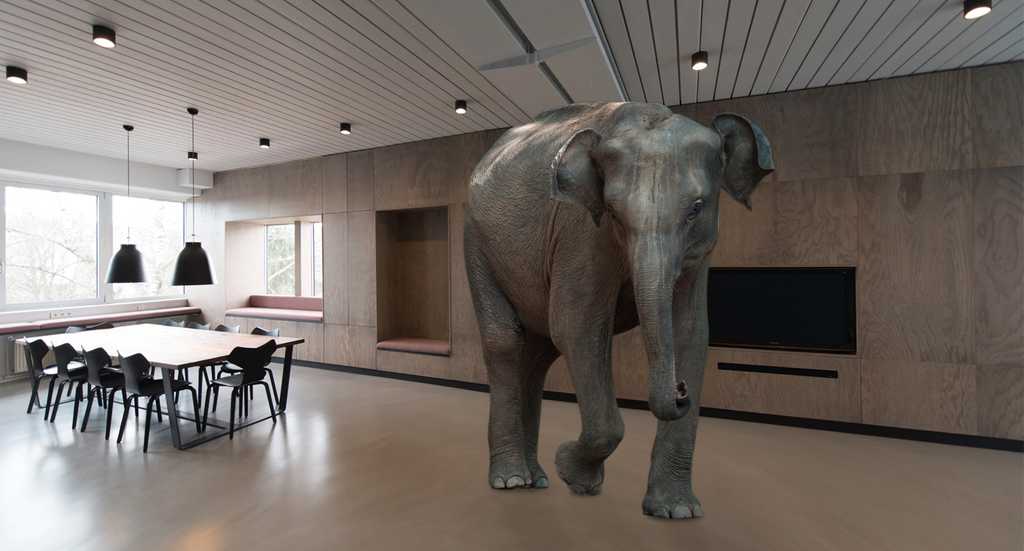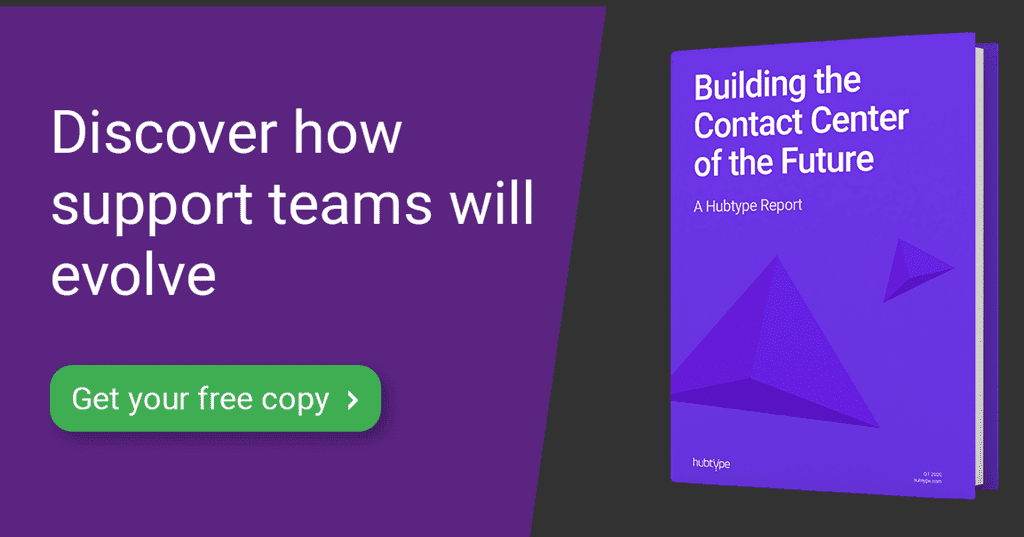- The elephant in the room for customer support departments and contact centers is a huge communication gap with their customers that they don’t support: messaging
- Customers do not tolerate poor customer service any longer: it’s the number one reason they take their business to another company, across verticals
- Scaling and managing messaging queries from customers is really difficult, and companies are lost
- Automation is the only way forward, but it’s not so simple. It must incorporate great experience design
When we think of a contact center, most of us envision rows of desks and headsets, people in chairs speaking away or typing furiously. The reality is that customer service departments are changing.
Over the next three years, we’ll see support hubs transition from high-turnover, costly human sourcing hubs to multi-departmental technology powerhouses that employ not just customer service agents but machine learning experts, conversational designers and other roles we’d traditionally envision in a software company.
Soon, conversational interfaces will power modern support hubs, creating seamless interactions with customers wherever, whenever and however they prefer. The shift towards customer preference is the driving force, and it’s less about the technology, and more about the customer experience as a holistic category.
Messaging is at the center of this change, but there’s more to it: for the first time ever, customers control the conversation with brands. It’s no longer a one-way marketing message street from brand to consumer. Customers are used to asynchronous channels that know them. They expect the person (or machine) on the other end to know who they are and their personal history with the brand. Because of this shift in expectations, conversations need to be contextual, consistent, and relevant.
We’ve seen that companies have a false sense of comfort in regard to how much time they have to adapt. The reality is that customer expectations are already at a huge gap to the experience companies deliver them, and it’s widening fast.
Getting these personalized experiences right is now central to brand success. It translates directly to increased Lifetime Value (LTV) and decreased CAC (Customer Acquisition Costs).
This can only be achieved with automation and conversational design, and these are roles that are in high demand in contact centers now, and with few experienced people available. It’s just one part of the huge shift we’re seeing in customer service and holistic customer care.
New companies begin with innovation at their core. Their business models are built around customer pain points and improving experiences. They challenge the traditional processes that have been a source of friction and streamline experiences.
It’s inevitable that the antiquated way we’re approaching support–on phone and email–isn’t going to cut it for today’s consumers. The need for conversational messaging and quality automation in contact centers is growing, because these channels represent a huge volume of queries with low-friction to use.
At Hubtype, that means that we’re growing, too. In a world where messaging dominates, our clients turn to us for experiences that move the needle. The shift towards conversational apps isn’t slowing down anytime soon, and that means that neither are we.

